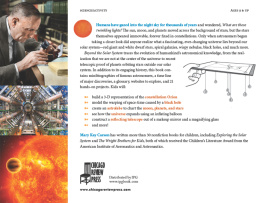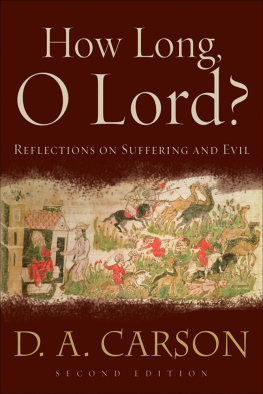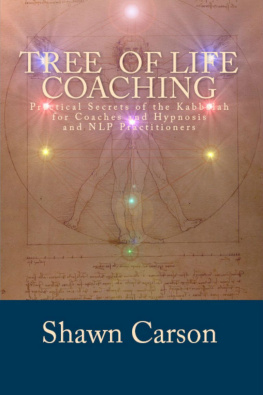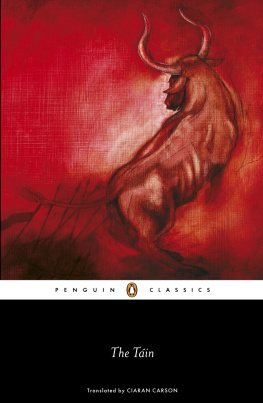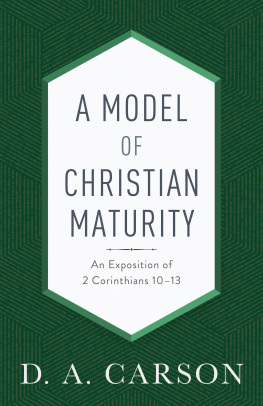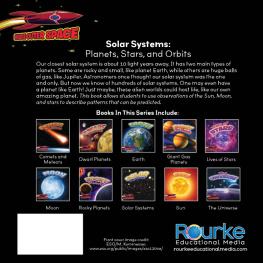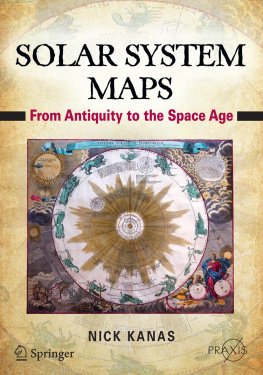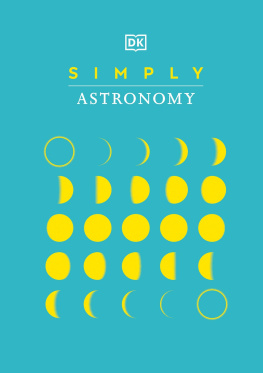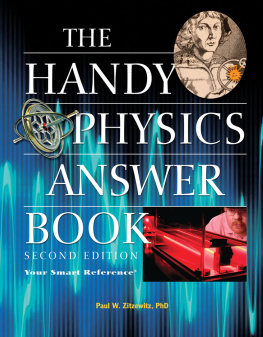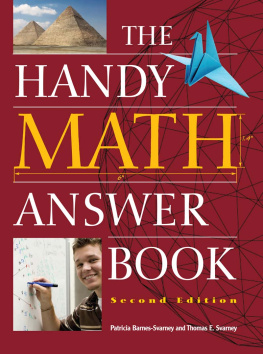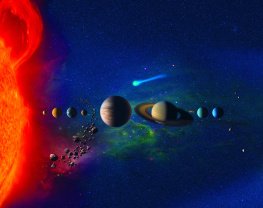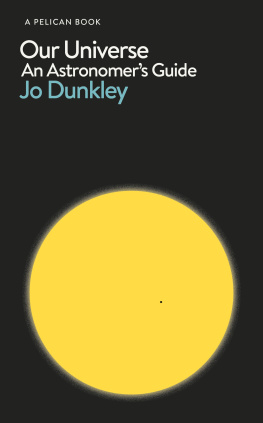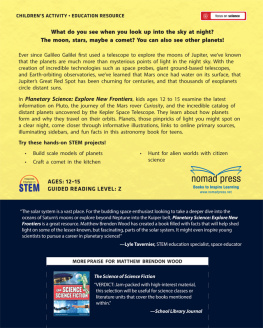BEYOND THE SOLAR SYSTEM
Exploring Galaxies, Black Holes, Alien Planets, and More
A History with 21 Activities
Mary Kay Carson

Copyright 2013 by Mary Kay Carson
All rights reserved
Published by Chicago Review Press, Incorporated
814 North Franklin Street
Chicago, Illinois 60610
eISBN 978-1-61374-547-2
Library of Congress Cataloging-in-Publication Data
Carson, Mary Kay.
Beyond the solar system : exploring galaxies, black holes, alien planets, and more : a history with 21 activities / Mary Kay Carson.
p. cm.
Audience: 4-6.
Includes bibliographical references and index.
ISBN 978-1-61374-544-1 (trade paper)
1. AstronomyHistoryJuvenile literature. I. Title.
QB15.C37 2013
520.9dc23
2012046330
Cover design: Sarah Olson
Front cover photos: Top left, artists rendering of exoplanet UCF-1.01, NASA/JPL-Caltech; James Webb Space Telescope mirrors, NASA/MSFC/David Higginbotham; Chandra X-ray Observatory, Wizard Nebula, Hubble Space Telescope, artists rendering of Cygnus X-1, all courtesy of NASA/CXC/M. Weiss; Very Large Array courtesy of Tom Uhlman Photography.
Back cover photos: Edwin Hubble, courtesy of Carnegie Observatories; particle accelerator, CERN, photo by M. Brice; artists rendering of exoplanet HD 189733b courtesy of ESA - C. Carreau; planet illustrations courtesy of NASA/CXC/M. Weiss.
Interior design: Sarah Olson
Printed in the United States of America
5 4 3 2 1
Time Line
| Prehistory | Humans believe that a deity or deities created their flat world covered with a dome-like sky. They mark the passage of time with lunar phases and observe visible planets with the naked eye |
| Ancient Times | Chinese, Babylonians, Greeks, and Egyptians record their observations of the night sky |
| BC Hipparchus creates an accurate map of the 1,000 or so brightest stars |
| AD | Ptolemy publishes The Almagest |
| Ptolemy states that Earth is the center of the cosmos |
| Abd al-Rahman al-Sufi publishes his Book of Fixed Stars |
| 1543 | Nicolaus Copernicus states that the Sun is the center of the solar system |
| 1572 | After observing an exploding star, Tycho Brahe writes that changes occur in the heavens |
| 1608 | Hans Lippershey invents the refracting telescope |
| 1609 Galileo Galilei | builds the first astronomical telescope and begins observations
 |
| 1610 | Galileo Galilei observes the phases of Venus, confirming a sun-centered cosmos |
| 1668 Isaac Newton | builds the first reflecting telescope
 |
| 1687 | Isaac Newton publishes his theory of universal gravitation |
| 1705 | Edmond Halley correctly predicts the return of a comet, which reappears 53 years later |
| 1781 | William Herschel discovers Uranus, doubling the size of the solar system |
| 1790 | William Herschel discovers planetary nebulas |
| 1860 | William Huggins begins the spectral analysis of stars |
| 1905 Albert Einstein | publishes his theory of special relativity
 |
| 1912 | Henrietta Leavitt discovers a method of measuring distances of galaxies using Cepheids |
| 1913 | Ejnar Hertzsprung and Henry Russell discover the relationship between stars color and brightness |
| 1915 | Albert Einstein publishes his theory of general relativity |
| 1919 | Sir Arthur Eddington confirms Einsteins theory of general relativity by photographing a solar eclipse |
| 1923 | Edwin Hubble proves that there are other galaxies outside the Milky Way |
| 1926 | Robert Goddard launches the first liquid-fueled rocket, paving the way for space exploration |
| 1927 | Robert Atkinson and Fritz Houtermans determine that stars are fueled by nuclear fusion |
| 1929 Edwin Hubble | discovers that the universe is expanding
 |
| 1931 | Georges Lematre suggests the universe began in a huge explosion, the Big Bang |
| 1932 | Karl Jansky discovers cosmic radiowaves |
| 1933 | Fritz Zwicky discovers evidence of dark matter |
| 1957 | Worlds first satellite, Sputnik 1, orbits Earth |
| 1963 | Maarten Schmidt discovers quasars |
| 1965 | Arno Penzias and Robert Wilson discover cosmic microwave background from the Big Bang |
| 1967 | Jocelyn Bell discovers pulsars |
| 1969 | Donald Lynden-Bell discovers that there are supermassive black holes in the center of every galaxy |
| 1986 Margaret Geller | and John Huchra discover the structure in the universe
 |
| 1990 | Hubble Space Telescope launches |
| 1991 | Compton Gamma-Ray Observatory launches |
| 1995 | Michel Mayor and Didier Queloz discover the first exoplanet, 51 Pegasi B |
| 1998 | Teams of scientists determine that the universes expansion is accelerating, possibly due to dark energy |
| 1999 | Chandra X-ray Observatory launches |
| 2003 | Spitzer Space Telescope launches |
| 2009 | Planet-finding space telescope Kepler launches |
Introduction
How Do We Know About the Stars?
T he next time you look up at the 3,000 or so stars visible in the night sky, put yourself in the place of a prehistoric person. Looking up at all those little lights in the darkness, imagine what you think they are. Tiny, faraway campfires that never burn out? Flying creatures carrying torches? What does what you think about the stars say about youyour beliefs, how the world works, and what controls it?

